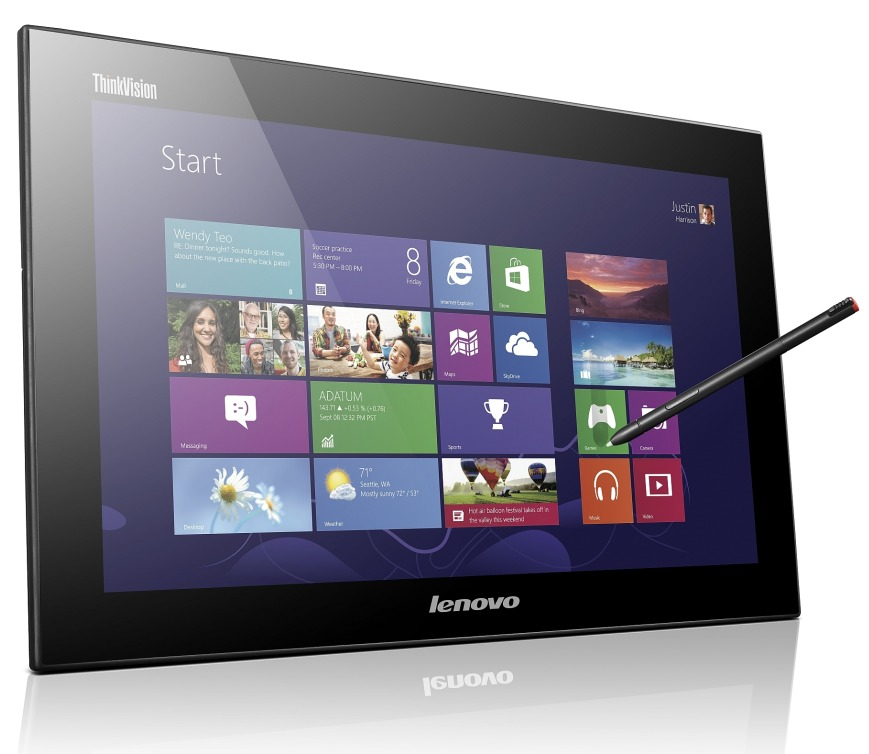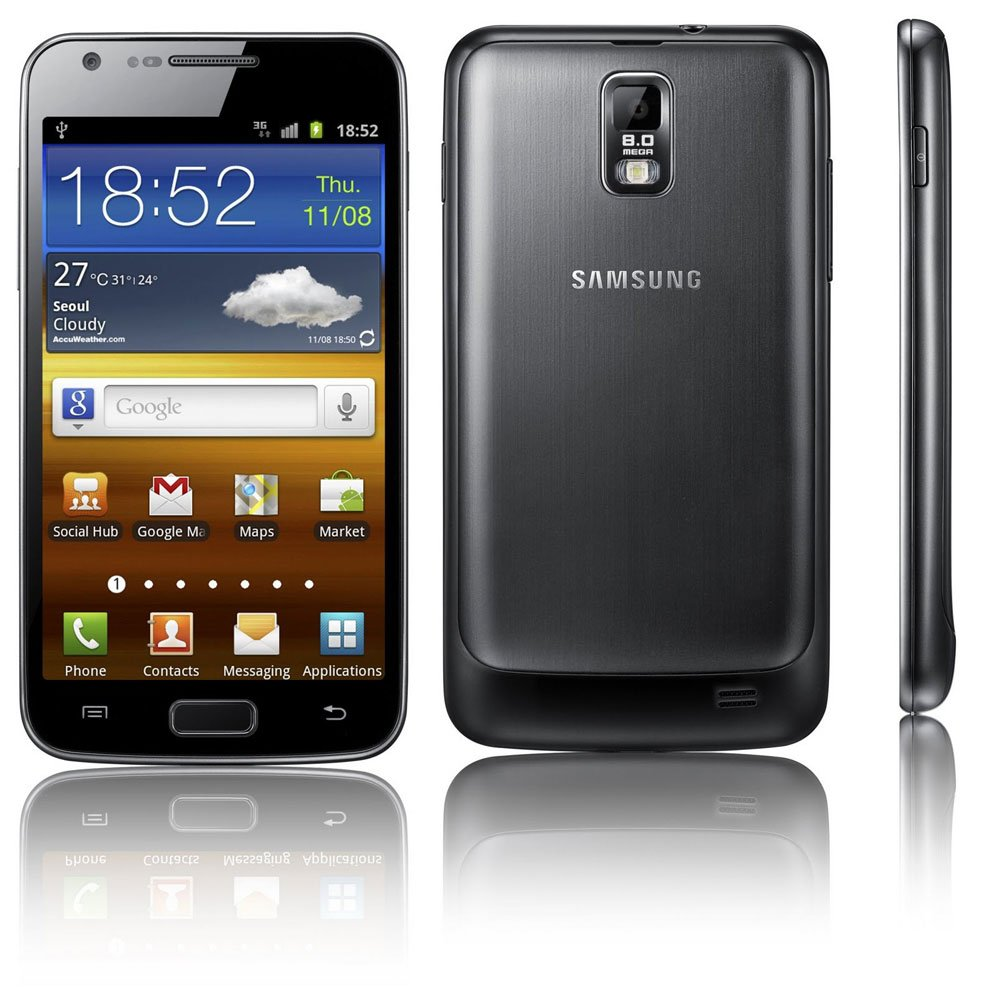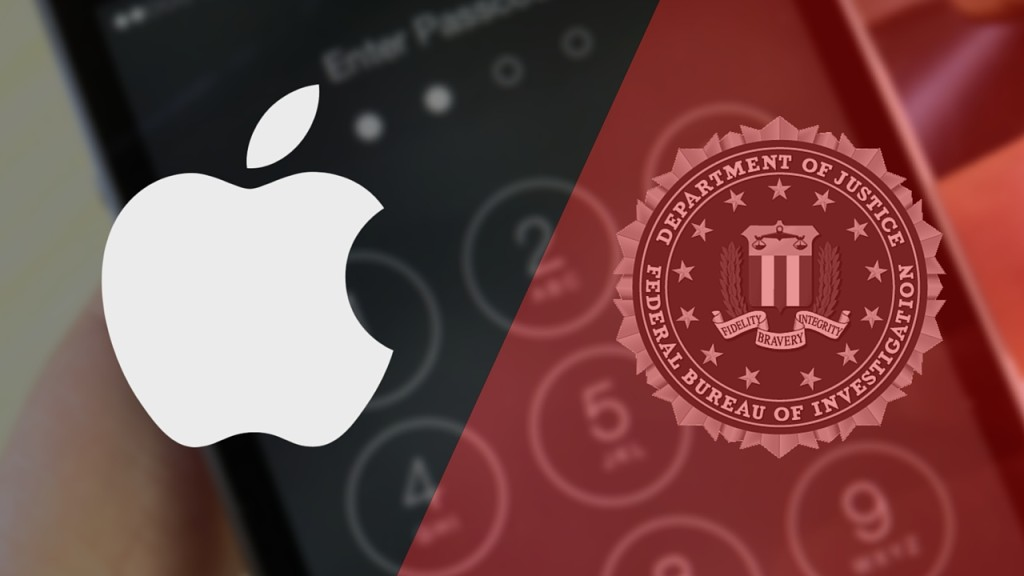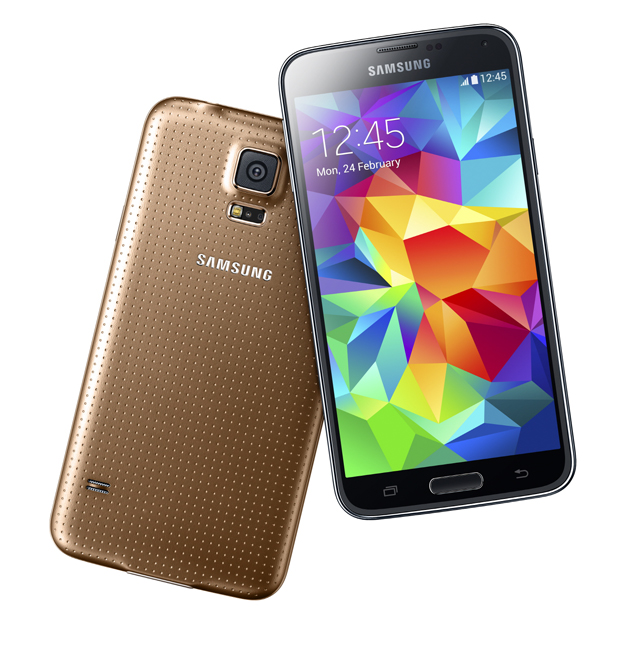Windows 8 touch devices have revolutionized the way we interact with technology, seamlessly blending the capabilities of PCs and tablets. Designed with touch functionality at their core, these devices provide users with an intuitive experience that makes navigation easier and more engaging. As the market for Windows 8 tablets and touch screen PCs grows, consumers are presented with an exciting array of choices, from sleek hybrids to dedicated tablets. Enhanced by the innovative Microsoft touch technology, many of these devices are designed to optimize the unique features of Windows 8.1, making them not just functional but also versatile tools for both work and play.
In recent years, touchscreen technology has taken the computing world by storm, giving rise to a new generation of user-friendly gadgets. These innovative devices, often referred to as hybrid machines and touch-enabled computers, have transformed how we handle everyday tasks and entertainment. Whether it’s enjoying the latest applications on Windows 8 tablets or leveraging the advanced features of touch screen PCs, users can now experience computing like never before. As we delve deeper into the evolving landscape of modern devices, it becomes clear that embracing this trend is not just a choice but a reflection of how we adapt to the future of computing.
The Rise of Windows 8 Touch Devices
Windows 8 touch devices have transformed the way users interact with their computers, bringing a revolutionary touch experience to a variety of platforms. Initially, when Microsoft launched Windows 8, the market saw a limited selection of compatible touch screen PCs and tablets. This scarcity was soon addressed by manufacturers, who recognized the demand for devices that fully utilized the operating system’s touch capabilities. The emergence of these Windows 8 tablets and touch-enabled PCs marked a significant shift in user engagement, providing a more intuitive and interactive experience.
Today, touch screen PCs and hybrid devices running Windows 8 and 8.1 are becoming increasingly popular among consumers. These devices offer flexibility, allowing users to transition seamlessly between traditional desktop use and modern touch interactions. With the introduction of Windows 8.1, enhancements were made that not only improved touch responsiveness but also added new features tailored for touch users. As a result, a growing number of individuals are choosing touch devices for their day-to-day computing needs, proving that the future lies in touch technology.
Exploring Windows 8.1 Features for Touch Devices
Windows 8.1 brought forth a plethora of features designed to enhance the experience of users on touch devices. One of the standout additions was the improved start screen, which now included customizable live tiles that offer real-time information. This update made it easier for touch users to access apps and content quickly, making multitasking more efficient. Moreover, the integration of Microsoft’s touch technology allows for gestures that make navigation seamless, improving overall user satisfaction for those on Windows 8 tablets and touch-enabled PCs.
In addition to the revamped start screen, Windows 8.1 introduced features like the ability to snap apps side by side, providing a more productive workspace for users. This feature is particularly beneficial on hybrid devices where screen real estate is essential. By exploring these Windows 8.1 features, users can maximize their interaction with touch technology, ultimately enhancing their productivity. As manufacturers continue to innovate, the potential for new applications tailored to touchscreen interfaces is limitless.
The Demand for Hybrid Devices in the Windows Ecosystem
Hybrid devices have emerged as a response to the growing need for flexibility in computing. These versatile machines combine the functionality of a standard PC with the portability of a tablet, providing users with the best of both worlds. Running Windows 8 and its successor 8.1, hybrid devices allow users to enjoy a touch-based interface while also having the option to revert to traditional keyboard and mouse setups. This adaptability is crucial for both casual users and professionals who require a device that can handle various tasks in different environments.
As more consumers seek portable solutions that do not compromise on performance, the demand for hybrid devices continues to rise. The ongoing advancements in Microsoft touch technology and the development of Windows-compatible applications further enhance their appeal. Users can now choose from a diverse range of hybrid devices that cater to their specific needs, from ultra-slim tablets to robust 2-in-1 laptops. As this market evolves, it is clear that hybrid devices will play a pivotal role in shaping the future landscape of computing.
Touch Screen PCs versus Standard PCs: A Comparative Analysis
Touch screen PCs offer an interactive experience that standard PCs cannot replicate. The ability to navigate operating systems and applications through direct touch can significantly increase the ease of use for individuals not necessarily accustomed to traditional keyboard and mouse interactions. Windows 8 was designed with this interactivity at its core, and manufacturers have responded by producing a wide array of touch screen PCs that take full advantage of the operating system’s capabilities. This shift emphasizes the importance of touch technology in attracting a broader segment of users.
On the other hand, standard PCs continue to have their place, especially among power users and professionals who may prefer the familiarity and speed of keyboard input. However, with the push towards touch screens, even traditional desktops are being equipped with touch capabilities. The choice between touch screen PCs and standard PCs increasingly comes down to personal preference and specific use cases. As more users begin to explore the functionality of touch screens, it is likely that the market will continue to trend towards devices that integrate these features.
The Importance of Microsoft Touch Technology
Microsoft’s investment in touch technology has significantly advanced how users experience computing. With the launch of Windows 8, the company set a new standard for touch-based interactions, making it integral to their operating system’s design. This focus on touch has not only attracted consumers but has also encouraged manufacturers to innovate, creating a diverse range of devices like Windows 8 tablets and touch screen PCs that meet various user needs. The seamless integration of touch capabilities in software and hardware has elevated user engagement and satisfaction.
Additionally, Microsoft touch technology has paved the way for new applications and use cases, fundamentally changing how users approach tasks on their devices. From gaming to creative applications, touch interaction has enabled more immersive experiences. As Windows continues to evolve, the emphasis on enhancing touch functionalities reflects the growing importance of this technology in future versions of the operating system. Ultimately, Microsoft’s pioneering efforts in touch technology highlight their commitment to shaping the future of computing.
Windows 8 Tablets: The Future of Portable Computing
Windows 8 tablets have emerged as a dominant force in the portable computing market due to their blend of performance and mobility. These devices leverage the touch capabilities of Windows 8, presenting a user-friendly interface that appeals to casual users and professionals alike. With powerful hardware and access to a vast library of applications, Windows 8 tablets provide a robust platform for productivity on the go. The convenience of using a tablet that runs a full-fledged operating system has made them increasingly popular among users looking for versatility.
Moreover, the advent of Windows 8 tablets has reshaped consumer expectations regarding mobile computing. Users no longer have to sacrifice functionality for portability; they can enjoy a touch-based interface that allows for seamless multitasking. As manufacturers continue to innovate and refine their offerings, it is evident that Windows 8 tablets will play a significant role in the evolution of portable devices. The future of portable computing looks bright, with Windows 8 tablets at the forefront of this technological transition.
User Experience and Feedback on Touch Devices
User experience with touch devices, especially those running Windows 8, has varied across the board. Many users appreciate the intuitive nature of touch navigation and the responsiveness of touch screens in replacing traditional input methods. Feedback often highlights how touch interactions enhance the overall computing experience, making it more engaging and dynamic. However, some users have expressed concerns about the accuracy of touch inputs compared to traditional mouse controls, underscoring the importance of continued innovation in this area.
Furthermore, community discussions reveal a curiosity about how touch technology will evolve with future iterations of Windows. As users share their experiences with Windows 8 tablets and touch screen PCs, it becomes clear that their insights can guide manufacturers in creating better devices and interfaces. This user feedback loop is essential for developing technology that not only meets but exceeds user expectations, enabling manufacturers to deliver products that resonate with the market’s needs.
The Evolution of Touch Screen PCs in the Windows Marketplace
The evolution of touch screen PCs in the Windows marketplace has been a fascinating journey. From the initial limitations at the launch of Windows 8 to the vast selection of devices available today, the market has adapted and expanded dramatically. Various manufacturers have rolled out an impressive array of models, each designed to utilize the unique touch capabilities of Windows effectively. This proliferation of touch screen PCs and tablets has begun to change consumer behavior as users increasingly opt for touch-enabled devices over traditional setups.
Moreover, advancements in technology have continually fueled this evolution. With improvements in hardware performance, battery life, and display quality, manufacturers can now produce touch screen PCs that cater to high-end users as well as budget-conscious consumers. By leveraging Microsoft’s touch technology effectively, these devices have become more than just a trend—they are now a critical component of personal and professional computing. The ongoing evolution reflects the responsive nature of the technology industry in meeting user demands and market trends.
Poll: Your Touch Device Preferences
With so much advancement in touch technology and its integration in devices powered by Windows 8 and Windows 8.1, understanding consumer preferences is crucial. We want to hear from you: Do you prefer touch screen PCs or standard desktops for your daily tasks? What features do you value most in a touch device—portability, performance, or user interface? Your feedback will help shape future innovations and provide insights into the needs of contemporary users.
Participating in this poll is not only an opportunity to voice your opinions but also to explore what other users are thinking in the realm of touch technology. As the market continues to develop, the results of this poll could lead to exciting developments in Windows-compatible devices. Share your thoughts in the comments section, and let’s discuss the ways in which touch technology influences our daily computing lives.
Frequently Asked Questions
What are some key features of Windows 8 touch devices?
Windows 8 touch devices showcase a range of features that enhance user interaction, including an optimized touch interface designed for tablets and touch screen PCs. Key highlights include the Microsoft’s touch technology for fluid navigation, support for swipe gestures, and customizable live tiles on the Start Screen that provide dynamic updates.
How do Windows 8 tablets differ from traditional PCs?
Windows 8 tablets are designed specifically for touch interaction, featuring lightweight designs, portability, and touch-optimized apps. Unlike traditional PCs, they leverage Windows 8’s Metro UI to deliver a more intuitive experience, enabling users to tap, swipe, and pinch to navigate and control applications.
Are hybrid devices running Windows 8 worth considering?
Yes, hybrid devices running Windows 8 combine the portability of tablets with the functionality of traditional PCs. They offer detachable keyboards and versatile modes allowing users to switch between tablet and laptop use, making them an excellent choice for those seeking flexibility in a touch-enabled environment.
Can I upgrade my Windows 8 touch device to Windows 8.1?
Users can upgrade their Windows 8 touch devices to Windows 8.1 for free via the Windows Store. The upgrade enhances the touch experience with improved search functions, better multitasking abilities, and added features tailored for touch screen PCs, making it a valuable update for existing users.
What touch features are exclusive to Windows 8.1 devices?
Windows 8.1 enhances touch features found in Windows 8 touch devices, including improved snap view which allows users to view multiple apps simultaneously. It also introduces better touch gesture support and new apps like the updated Start menu with live tile improvements tailored for touch screen interaction.
What types of applications are best suited for Windows 8 touch devices?
Applications designed for Windows 8 touch devices often include games, productivity tools, and multimedia apps that utilize touch gestures for enhanced functionality. Many touch-optimized apps can be downloaded from the Windows Store, providing an engaging experience tailored for touch screen PCs and tablets.
Is touch screen technology essential for using Windows 8 effectively?
While touch screen technology significantly enhances the user experience on Windows 8 devices, it is not essential. Users can still navigate the platform using a mouse and keyboard. However, for tasks that benefit from direct manipulation, such as gaming or creative applications, a touch device is highly advantageous.
What are the advantages of using Windows 8 touch devices for gaming?
Windows 8 touch devices offer unique gaming experiences with their direct touch interface, enabling intuitive control and interactive gameplay. The accessibility of touch gestures allows for dynamic gaming sessions that engage players in a more immersive way, making them a popular choice for casual and serious gamers alike.
Can I connect an external display to my Windows 8 touch device?
Yes, most Windows 8 touch devices support connecting to external displays. Users can extend their desktop, mirror screens, or even use additional touch monitors to increase productivity. This feature is particularly useful for multitasking with applications on larger screens.
How do I troubleshoot touch issues on my Windows 8 touch devices?
To troubleshoot touch issues on Windows 8 touch devices, ensure that your device drivers are up-to-date, check for system updates, and perform basic hardware tests. Calibration tools are also available in the settings to refine the touch experience, ensuring your device responds correctly.
| Key Points |
|---|
| Microsoft designed Windows 8 with touch devices in mind, but few were available at launch. |
| Many manufacturers, including Microsoft, have since released touch-compatible devices. |
| The product range includes standard PCs with touch screens, tablets, and hybrids. |
| The trend is moving towards touch technology, influencing future device designs. |
| The content invites users to reflect on their current devices and consider acquiring touch technology. |
Summary
Windows 8 touch devices have reshaped how users interact with technology. Although initially launched without a wide range of compatible hardware, the market has since evolved, offering various options tailored to enhance the Windows 8 experience. As manufacturers release innovative touch-enabled devices, the shift towards touch technology reflects a fundamental change in user expectations and usability. Whether you own a standard PC, a touch-screen PC, or a tablet, embracing these advancements can significantly enrich your interaction with Windows 8.



